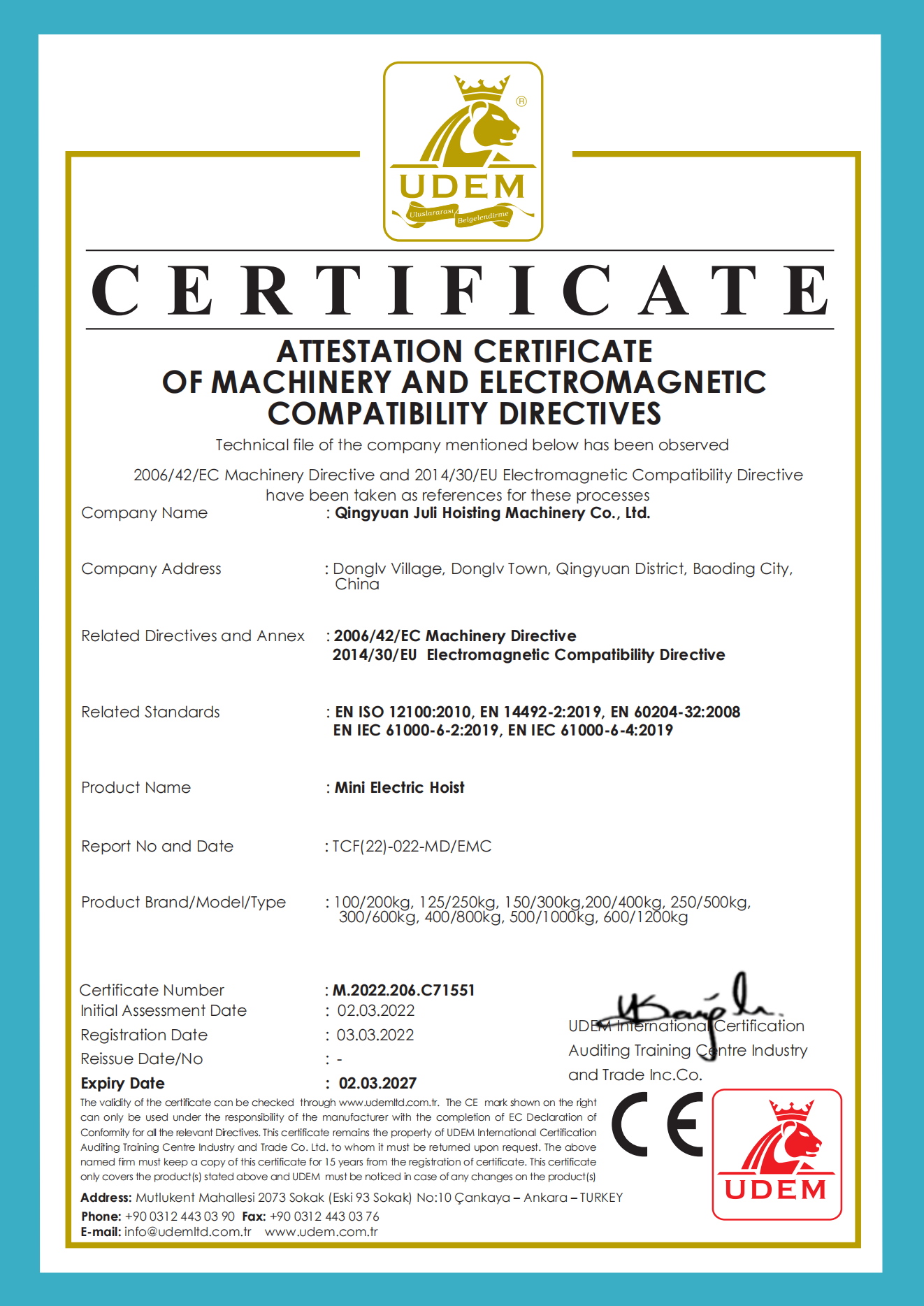


Understanding Fall Protection Types Ensuring Safety in the Workplace
In any work environment where employees are required to work at heights, fall protection is a critical aspect of occupational safety. According to statistics, falls are among the leading causes of workplace injuries and fatalities. As such, understanding the various types of fall protection systems is essential for both employers and employees to ensure a safe working atmosphere. This article aims to provide an overview of different fall protection types typically used in various industries.
1. Guardrail Systems
Guardrail systems are one of the most common and effective forms of fall protection. These systems consist of a barrier erected to prevent workers from falling off edges such as roofs, platforms, and stairways. A properly installed guardrail typically includes a top rail, mid-rail, and toe board, ensuring that there are no gaps that could result in a fall. The advantage of guardrails is that they do not require any action from workers once they are in place, providing passive protection.
2. Personal Fall Arrest Systems (PFAS)
Personal fall arrest systems are designed to safely catch a worker who has fallen. This type of fall protection involves three main components a full-body harness, a lanyard or lifeline, and an anchor point. Workers wear harnesses that distribute the force of a fall across the body, and lanyards connect them to secure anchor points. When designing a PFAS, it is vital to ensure that the anchor points are secure and that the entire system is appropriately rated for the weight and conditions of the job. Proper training is essential to ensure that workers know how to use these systems correctly.
3. Safety Nets

Safety nets are another type of fall protection used mainly in construction and maintenance work. These nets are installed beneath work areas to catch falling workers and objects, providing a cushioning effect to reduce the likelihood of injury. Safety nets must be installed according to specific guidelines to ensure they are effective and can withstand the forces exerted during a fall. Regular inspections for wear and damage are also critical to maintaining their effectiveness.
4. Safety Harnesses and Lanyards
Safety harnesses and lanyards specifically are the critical components of personal fall arrest systems. Harnesses must be designed to fit snugly and secure around the worker's body to prevent slipping during a fall. Lanyards come in various styles, such as shock-absorbing lanyards, which reduce the impact force on the body in case of a fall. It’s essential to select the right harness and lanyard based on the specific requirements of the job, including height, type of work being performed, and potential fall distances.
5. Administrative Controls
While physical measures are vital for fall protection, administrative controls also play a significant role. These controls include training workers on fall hazards, implementing safety protocols, and conducting regular safety audits and inspections. By fostering a culture of safety and ensuring that all employees are aware of the potential risks associated with working at heights, companies can dramatically reduce the likelihood of falls and related injuries.
6. Conclusion
Fall protection is not just a regulatory requirement; it is a critical aspect of workplace safety that protects employees from potential hazards associated with working at heights. Understanding the various types of fall protection—ranging from guardrail systems and personal fall arrest systems to safety nets and harnesses—enables employers to make informed decisions about how to protect their workers. Furthermore, combining physical protection measures with administrative controls enhances the safety of a work environment. Ultimately, investing in proper fall protection systems contributes not only to compliance with safety regulations but also to the well-being and productivity of employees. By prioritizing safety, organizations can create a safer workplace for everyone involved.



